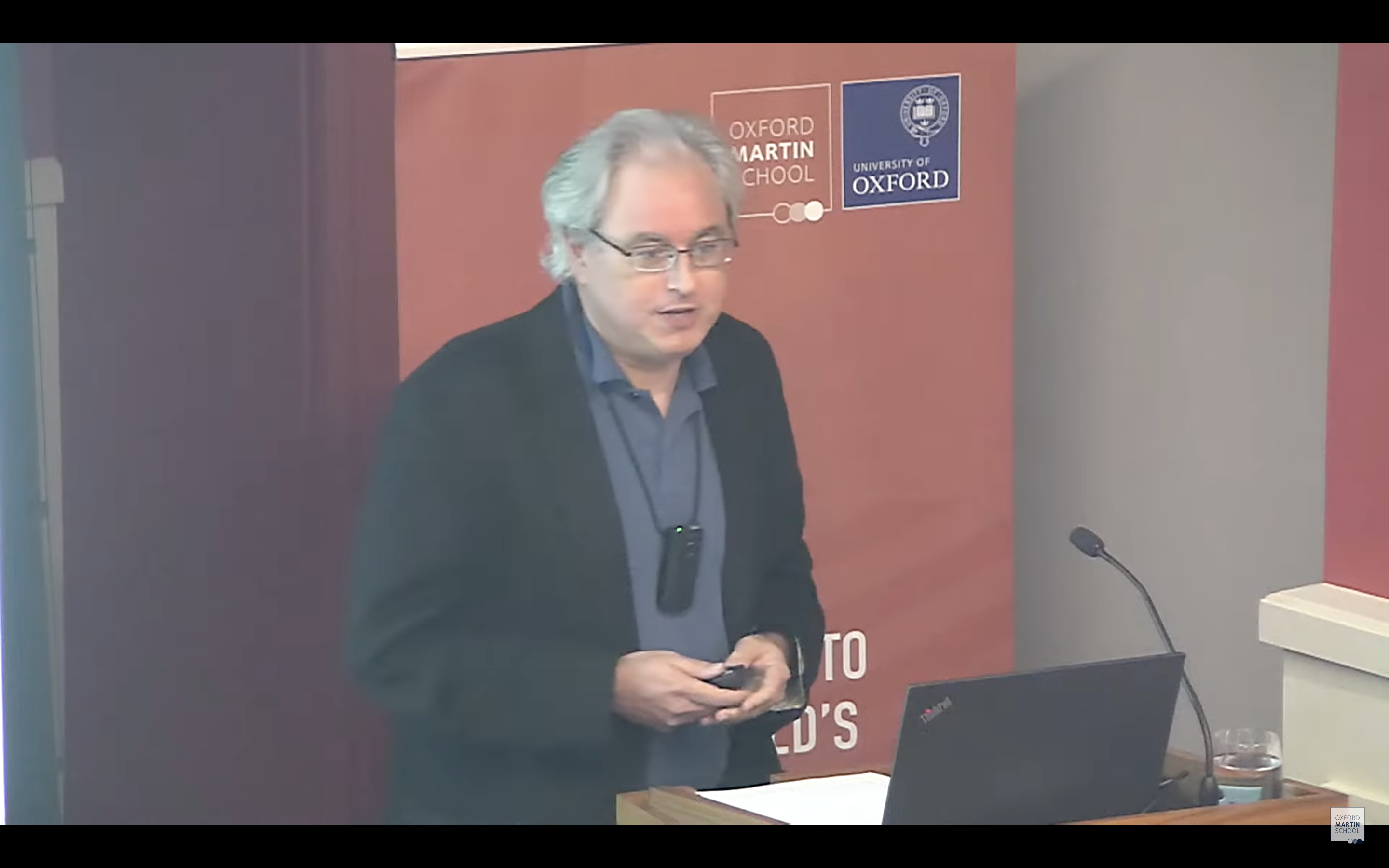By
November 03, 2008
This is a joint posting with Rebecca SchutteIs purchasing food aid locally the answer to higher global food prices and the inefficiencies associated with imported food aid? The World Food Program (WFP), the Bill and Melinda Gates and Howard G. Buffett Foundations seem to think so. While donors and international organizations have been purchasing food aid in recipient countries for years, the idea got a new boost in late September with the "Purchase for Progress (P4P)" initiative. The idea is simple: Rather than import food aid from the U.S. or Europe, WFP will purchase food commodities for distribution within the same country or region. As Josette Sheeran, WFP executive director, explained, "Purchase for Progress is a win-win -- we help our beneficiaries who have little or no food and we help local farmers who have little or no access to markets where they can sell their crops." The program will be piloted in twenty-one countries in 2008/2009, fourteen of which are in sub-Saharan Africa.But is P4P really a win-win? Very few would argue that purchasing food aid in the U.S. and Europe and transporting it to low-income countries is the most efficient way of reaching the most vulnerable populations (Is Food Aid the Answer? Q&A with Arvind Subramanian.). But while it may not be efficient, local purchases are not without problems. The P4P program appears to be based upon three assumptions:
- that markets don’t work very well;
- that establishing an alternative sales mechanism is an effective means of improving markets and producers’ incomes; and
- that local purchases will improve producers’ prices, but with a minimal impact on consumers’ prices.
- Higher prices paid to farmers via the P4P could undercut traders if they are unable to meet WFP's prices, displace smaller traders and potentially break traditional relationships between traders and villages, or keep such relationships from developing.
- Depending upon annual production and the location, amount and prices of the local purchase, such purchases could reduce supply and increase consumer prices locally and in other markets.
- Analyze food (particularly grain) market performance in each potential P4P country.Local purchases are often based upon the assumption that markets don't work -- or that they don't work well. This assumption must be tested in all of the pilot countries by first understanding local production, supply and demand, how markets work over time and space and constraints to marketing.
- Engage in rigorous impact evaluation of all P4P programs on prices, market structure and market actors' behavior.Little evidence exists on the impact of local purchases on market performance. In order to ensure that the P4P leads to its intended outcomes, WFP intends to evaluate the program. Nevertheless, going beyond pre- and post-evaluation is crucial in order to accurately attribute the impact of the program to the P4P. The evaluation should not only assess the impact of the P4P on farmers' prices, but consumers' prices, market structure (entry and exit) and market actors' (farmers, traders) behavior.
- Develop guidelines for local and regional purchases.Despite increasing interest in and use of local and triangular purchases for food aid in recent years, guidelines on whether and how to do such purchases are practically non-existent. Guidelines that do exist are generally vague, stating that such purchases should "minimize market disruption." But what does that actually mean? A goal of the P4P pilot phase should include "how to" guide, both for P4P and traditional local purchase programs. Guidelines should address if local purchases are appropriate, in what quantities, where to purchase, at what price and during which period.
- If the local market isn"t working well, work with it -- not around it.If markets aren't performing optimally in a particular country, it is important to determine why -- and whether local purchases can resolve the issue. In the long run, farmers' and consumers' welfare in low-income countries is better served by encouraging dynamic, competitive trade links with other villages, regions and countries, not by creating parallel structures. Access to markets for both farmers and traders should be encouraged by focusing on interventions that reduce costs -- such as power, roads and access to information.
Disclaimer
CGD blog posts reflect the views of the authors, drawing on prior research and experience in their areas of expertise. CGD is a nonpartisan, independent organization and does not take institutional positions.





